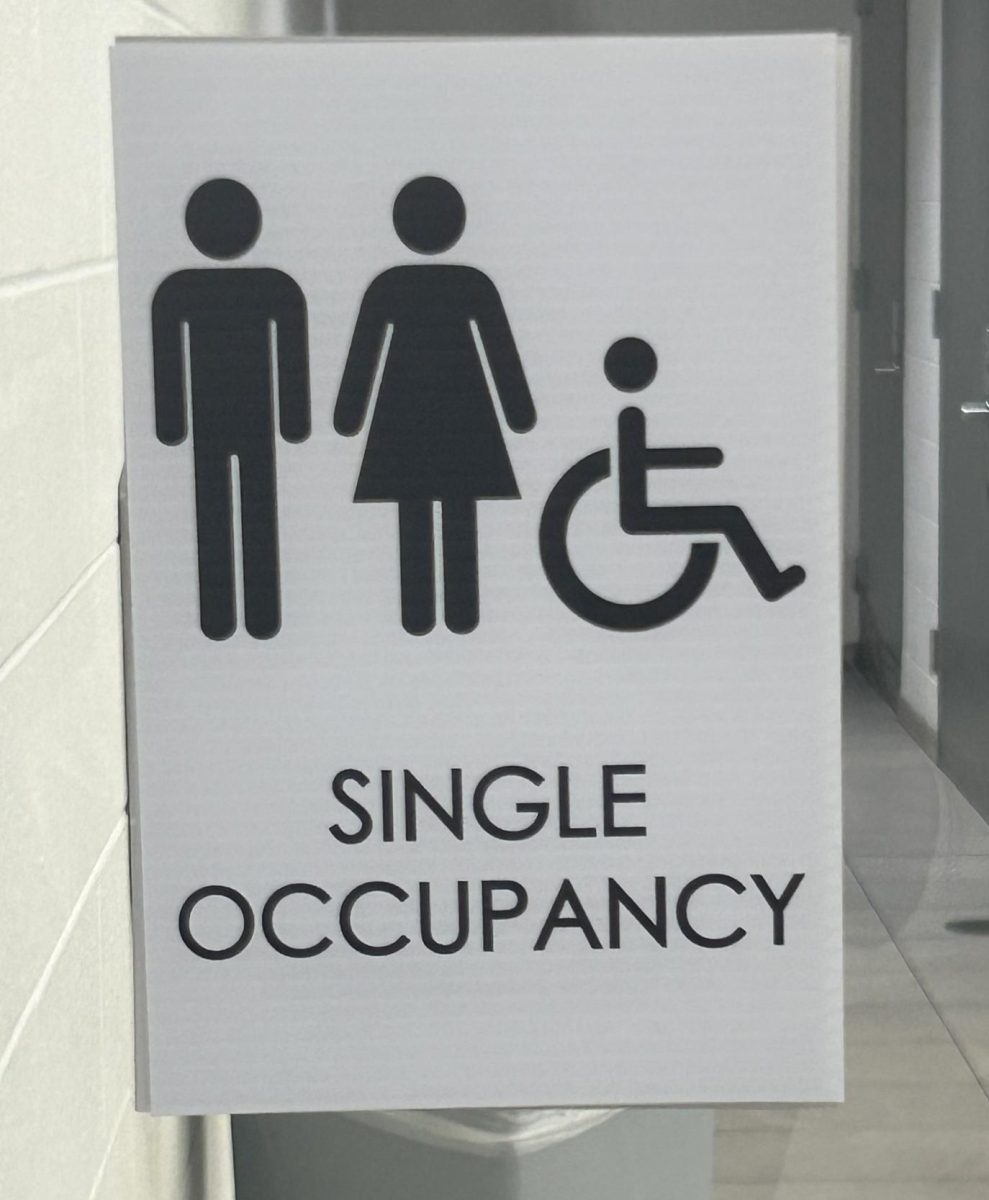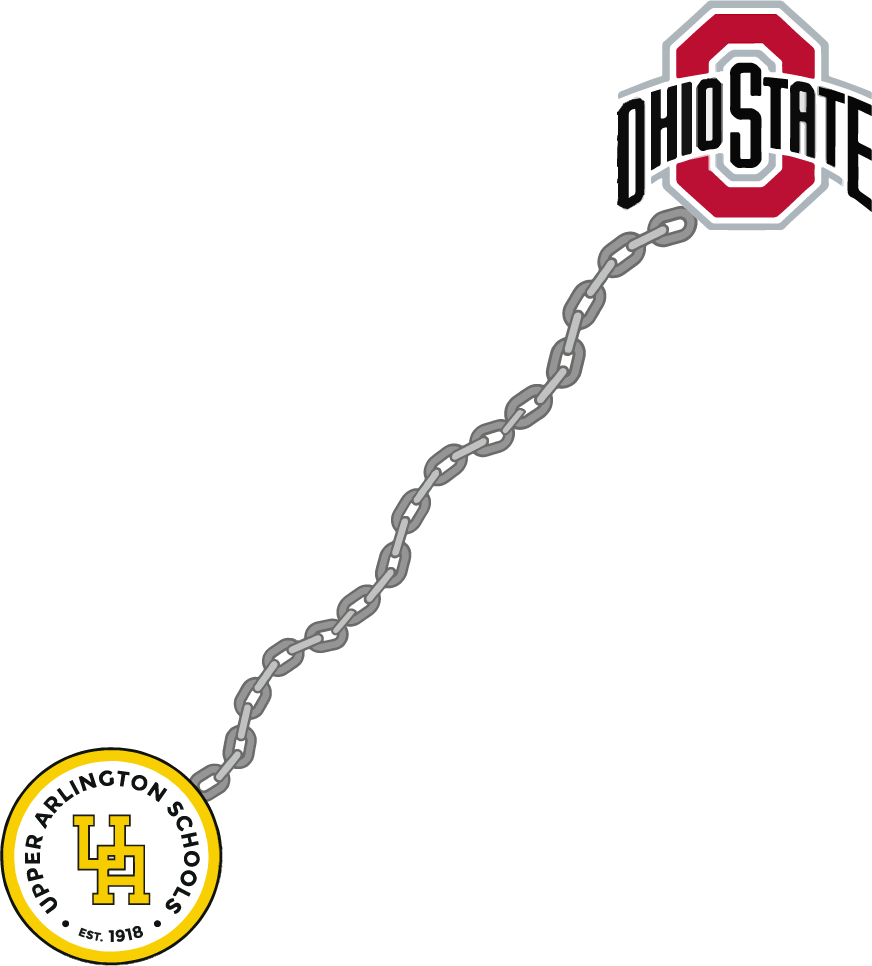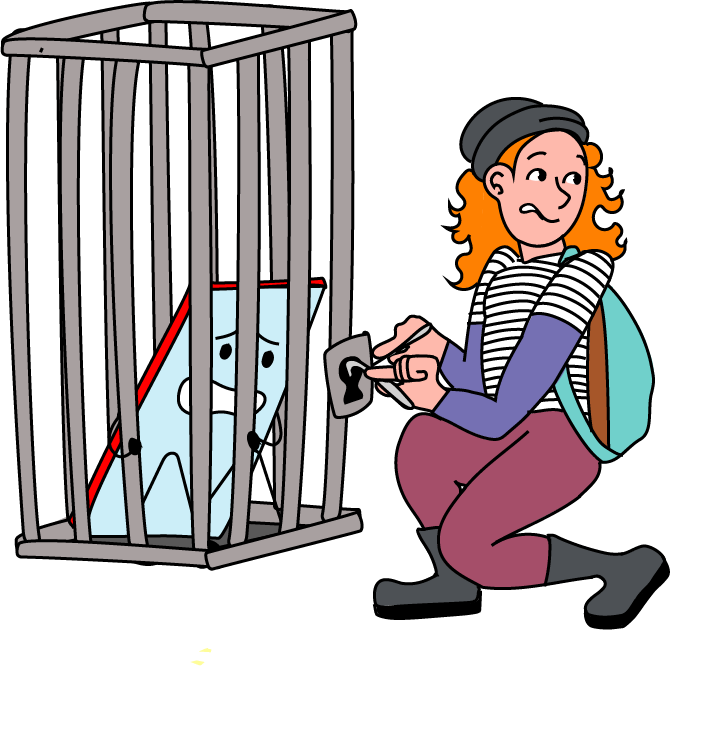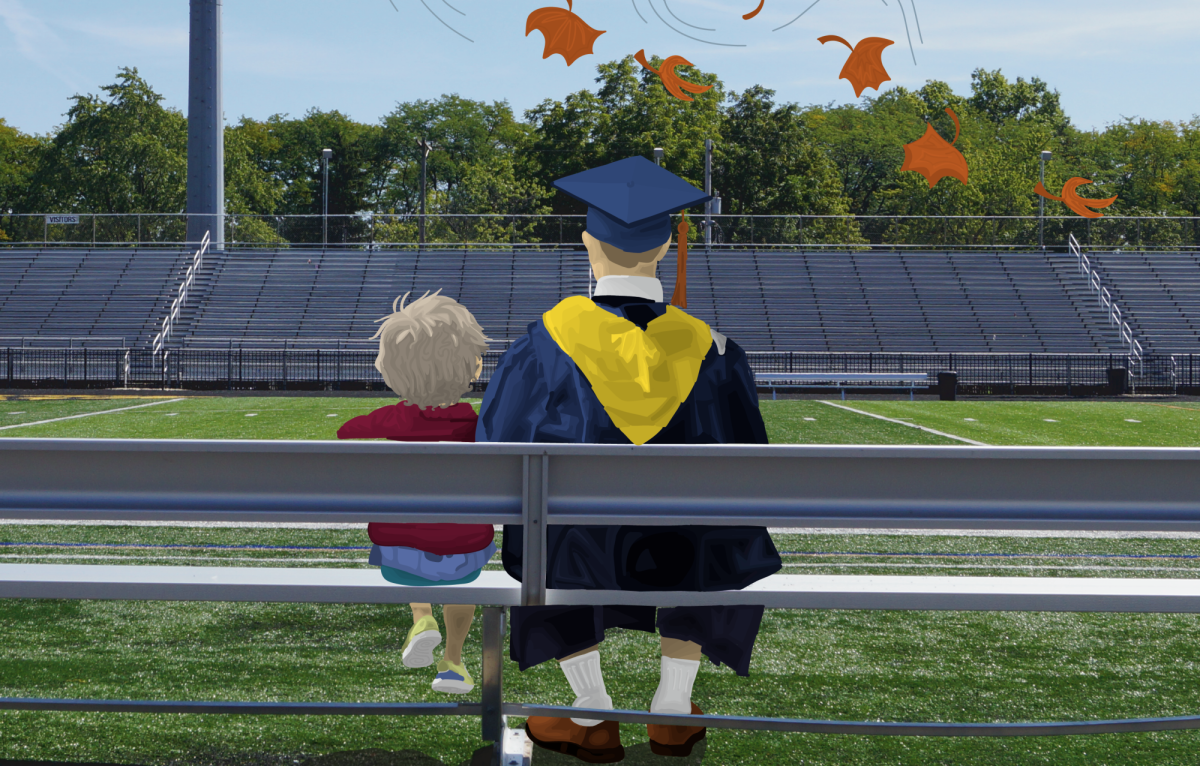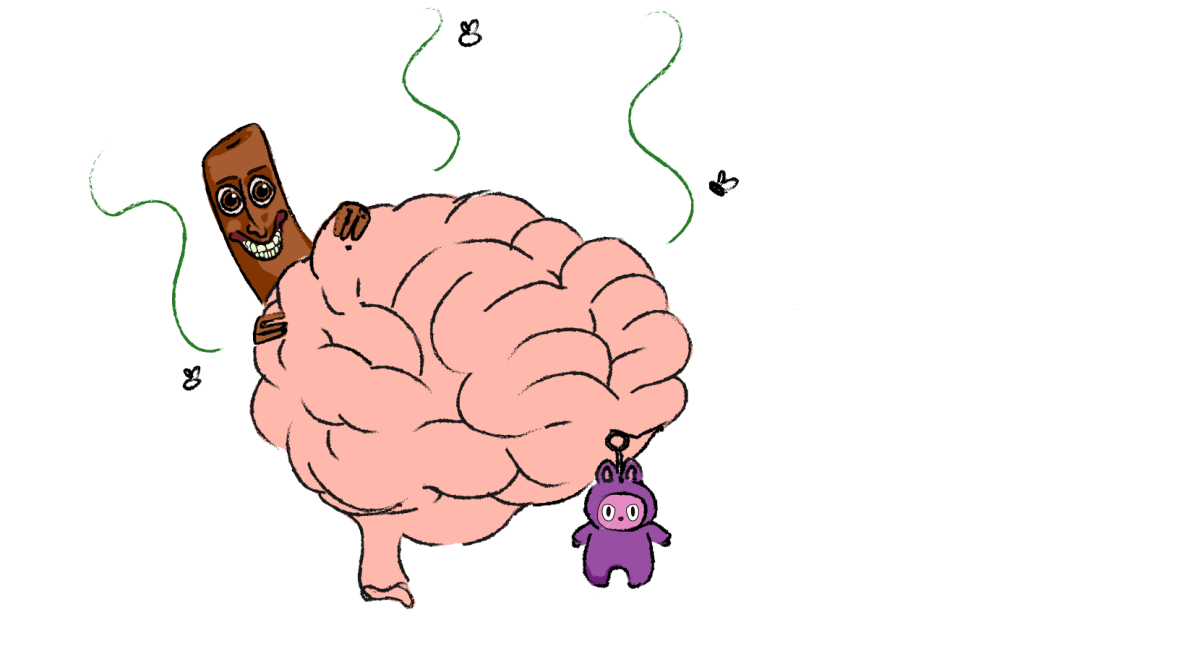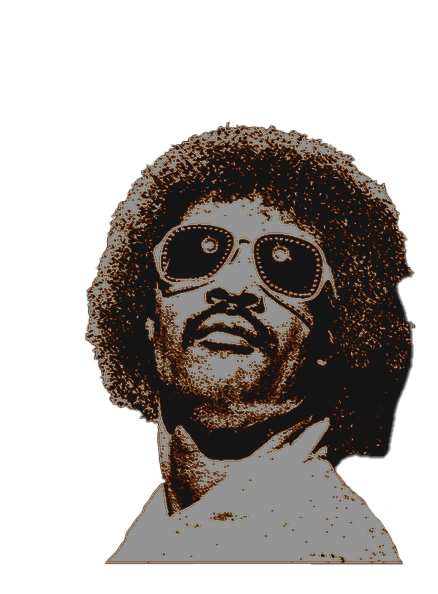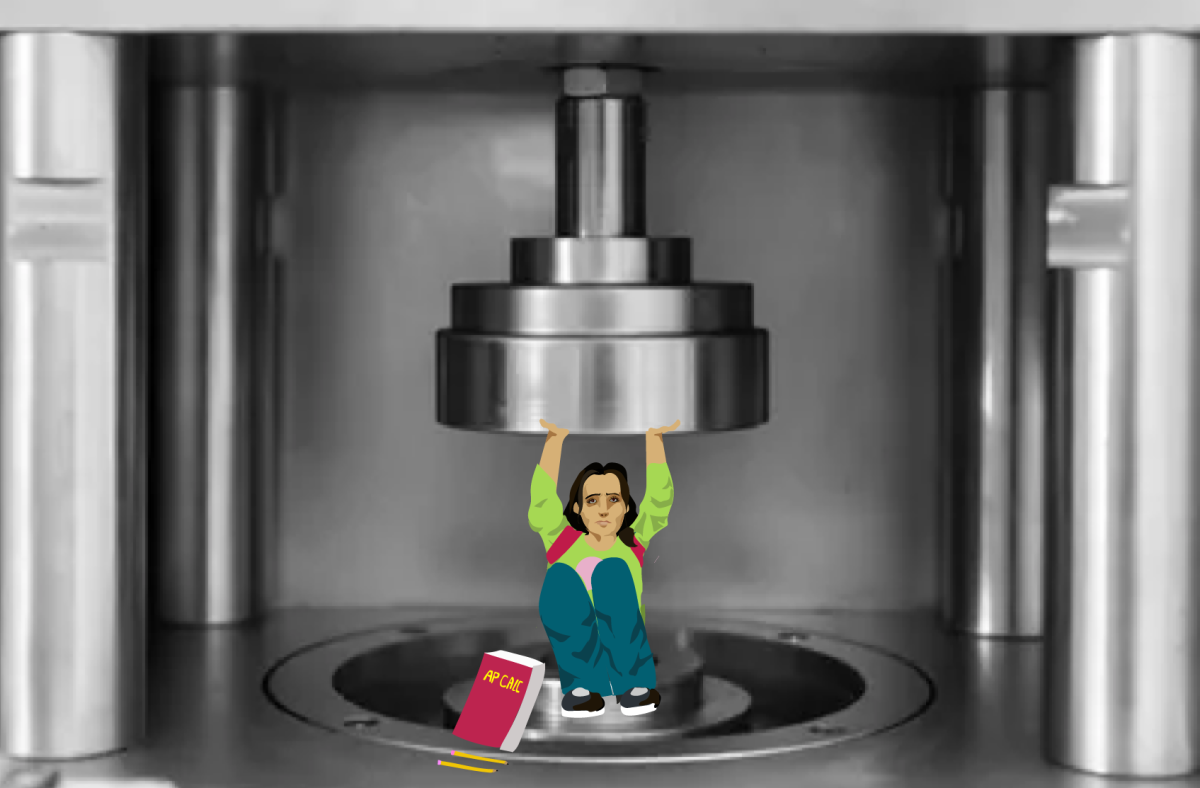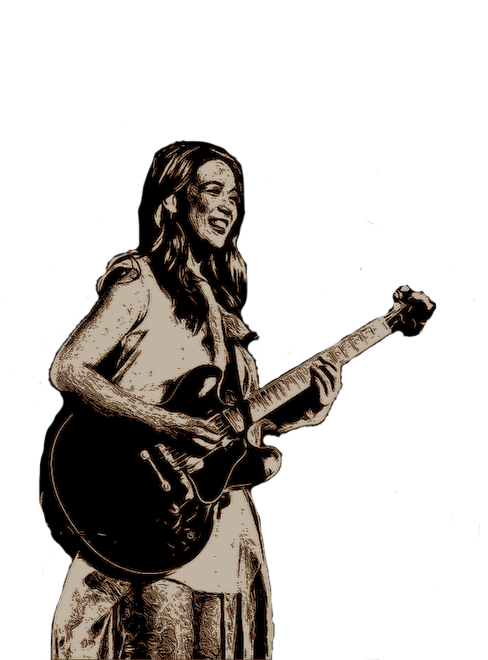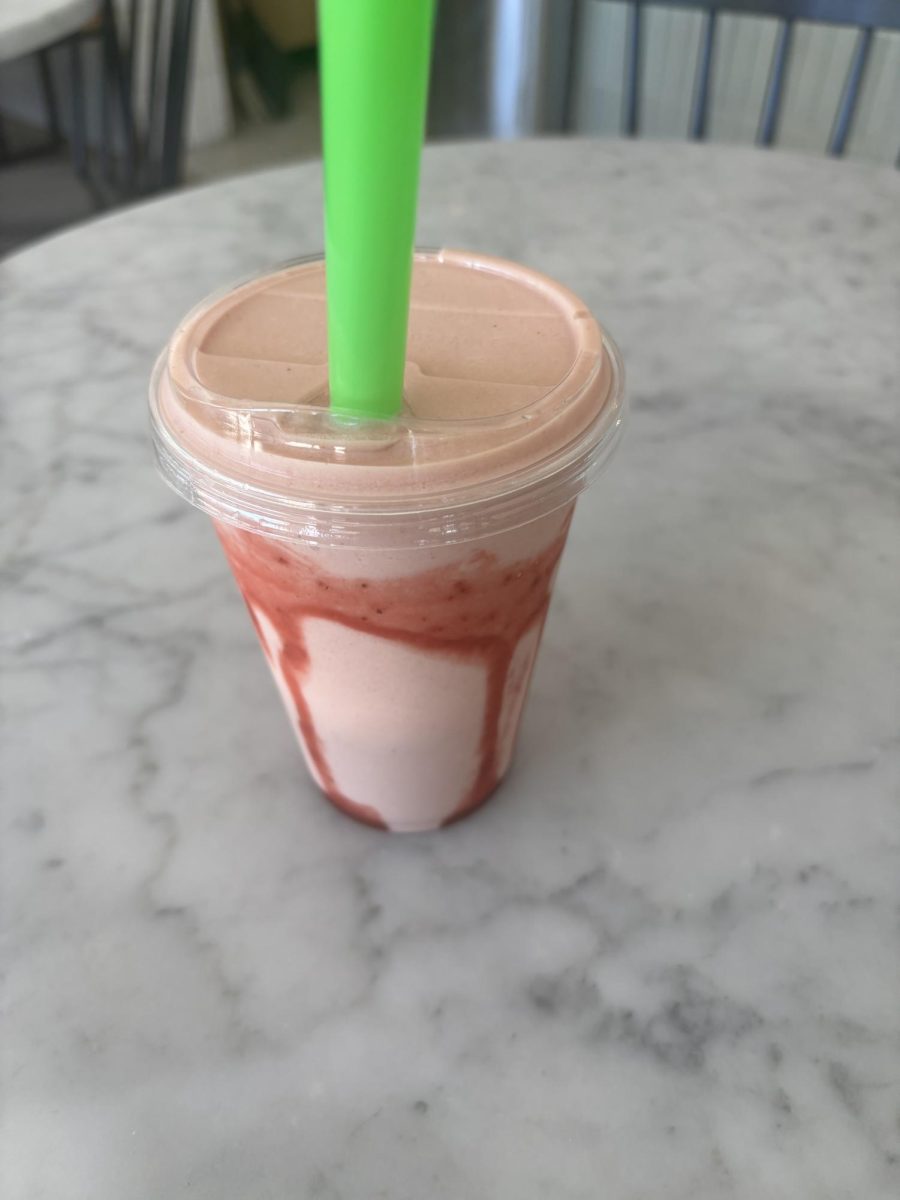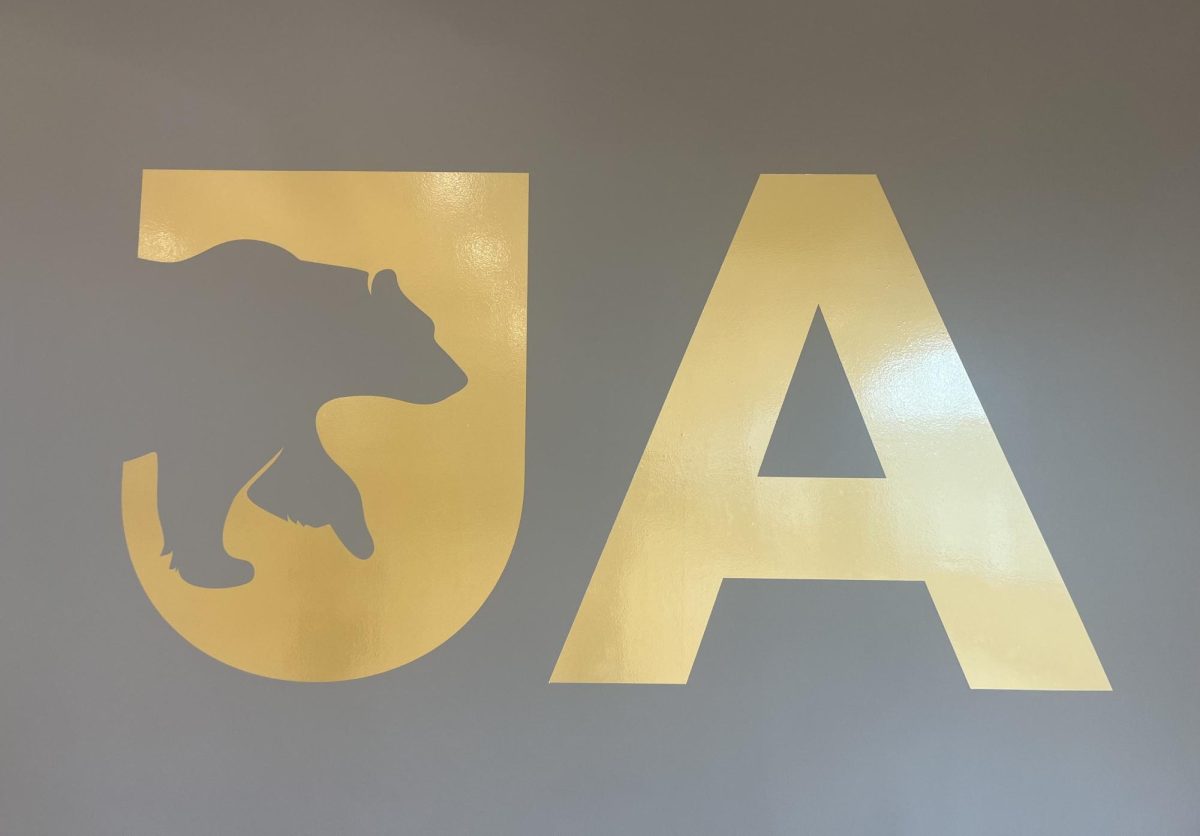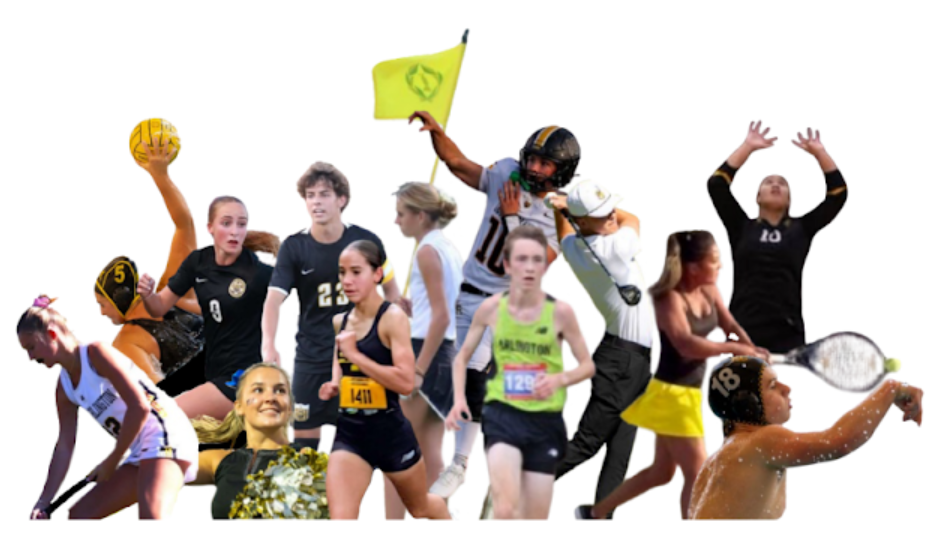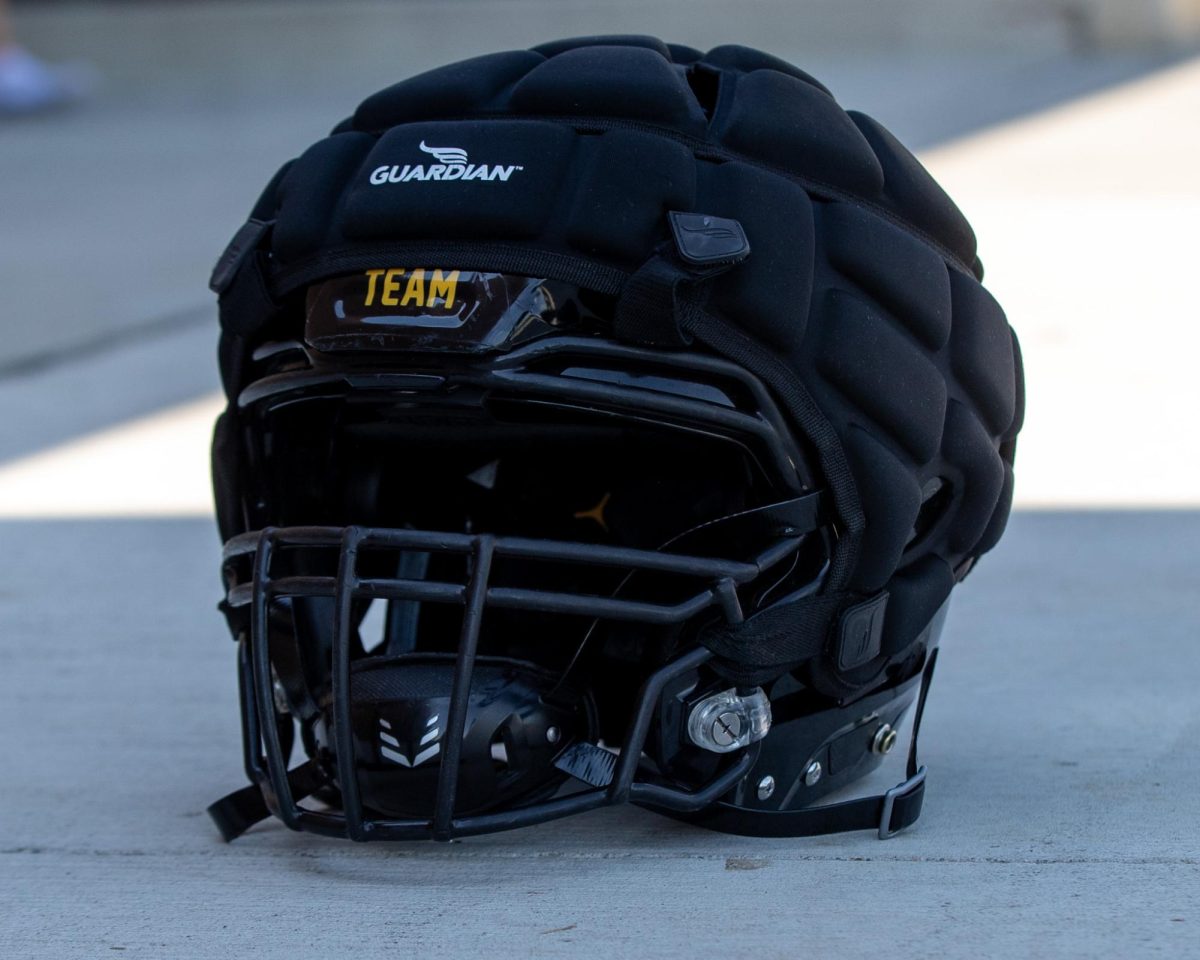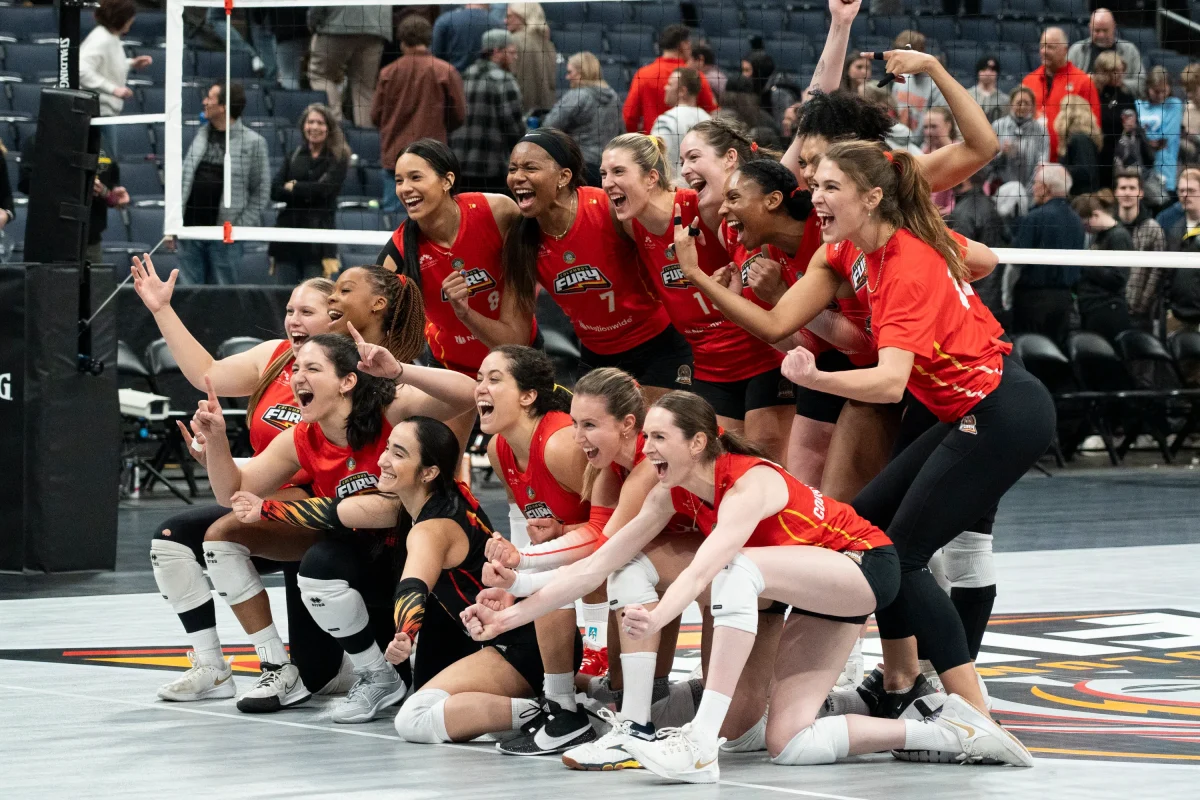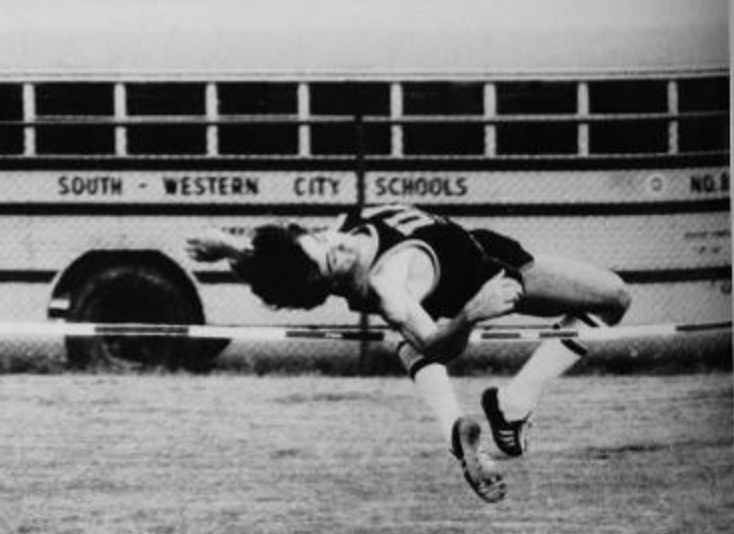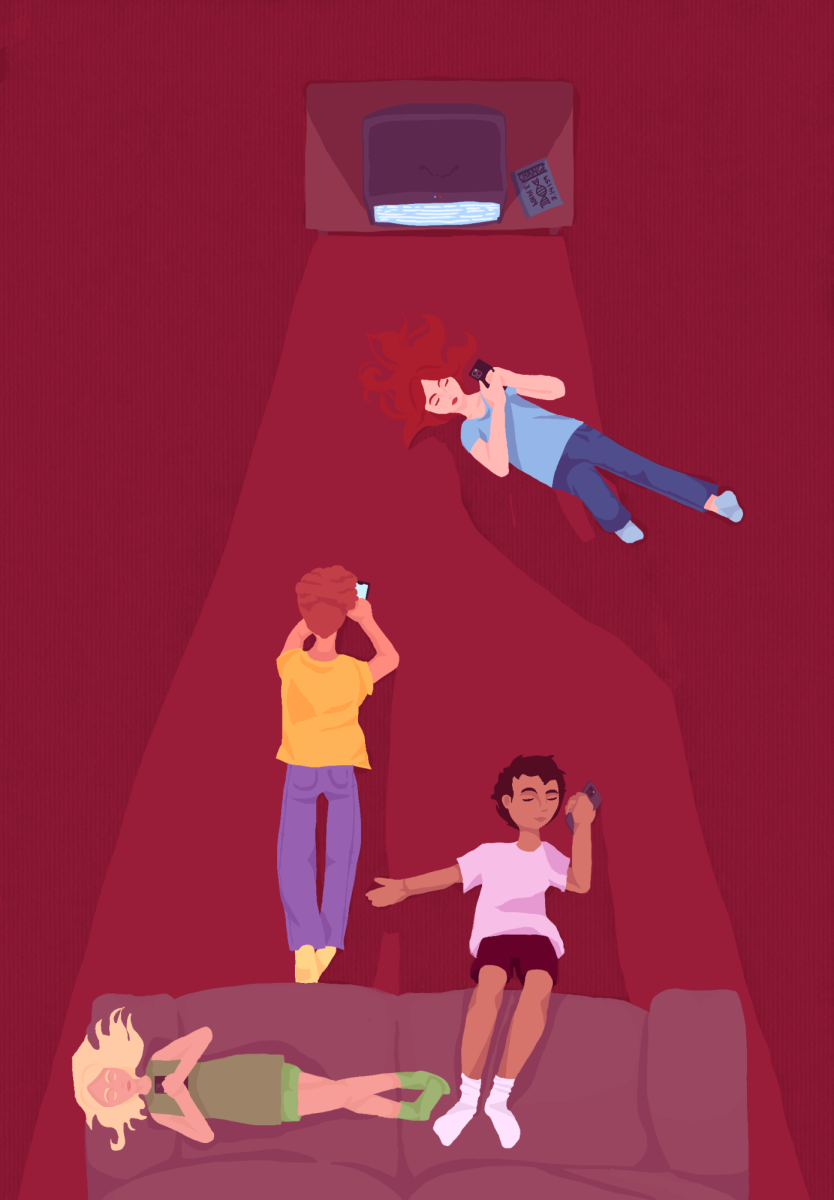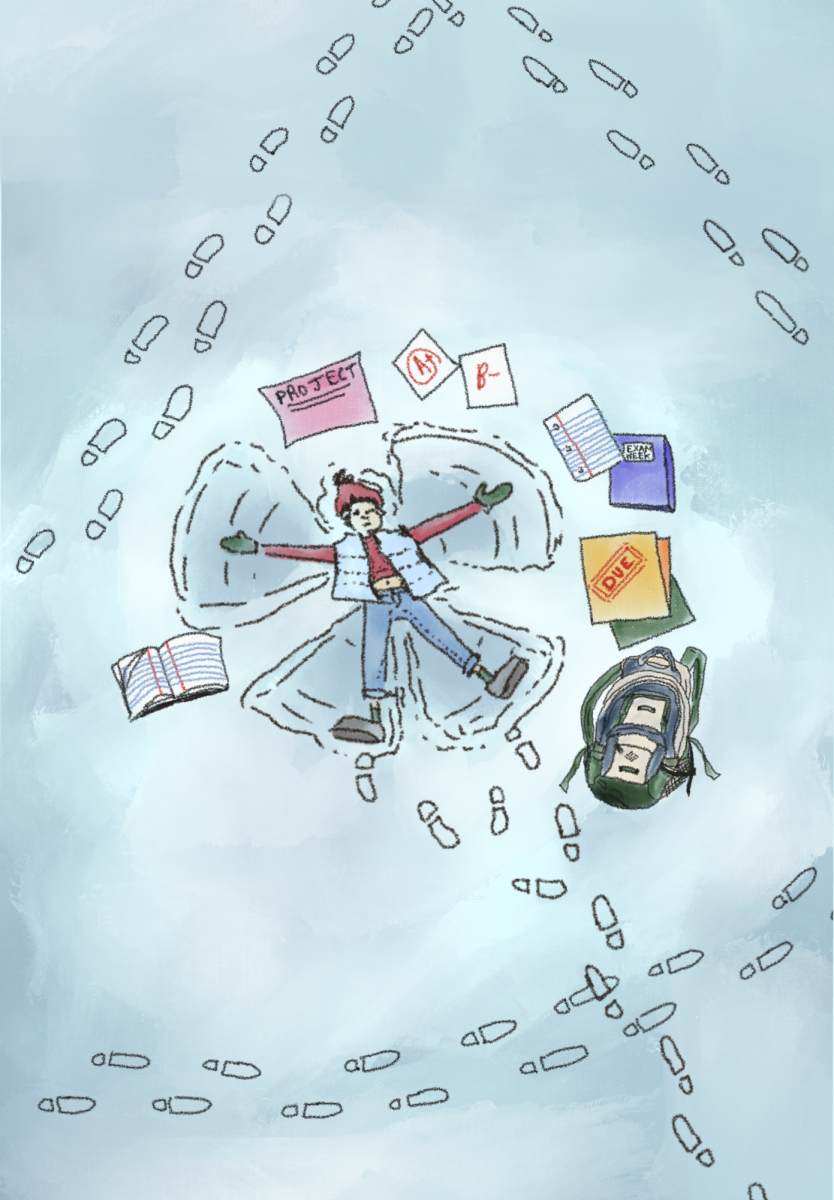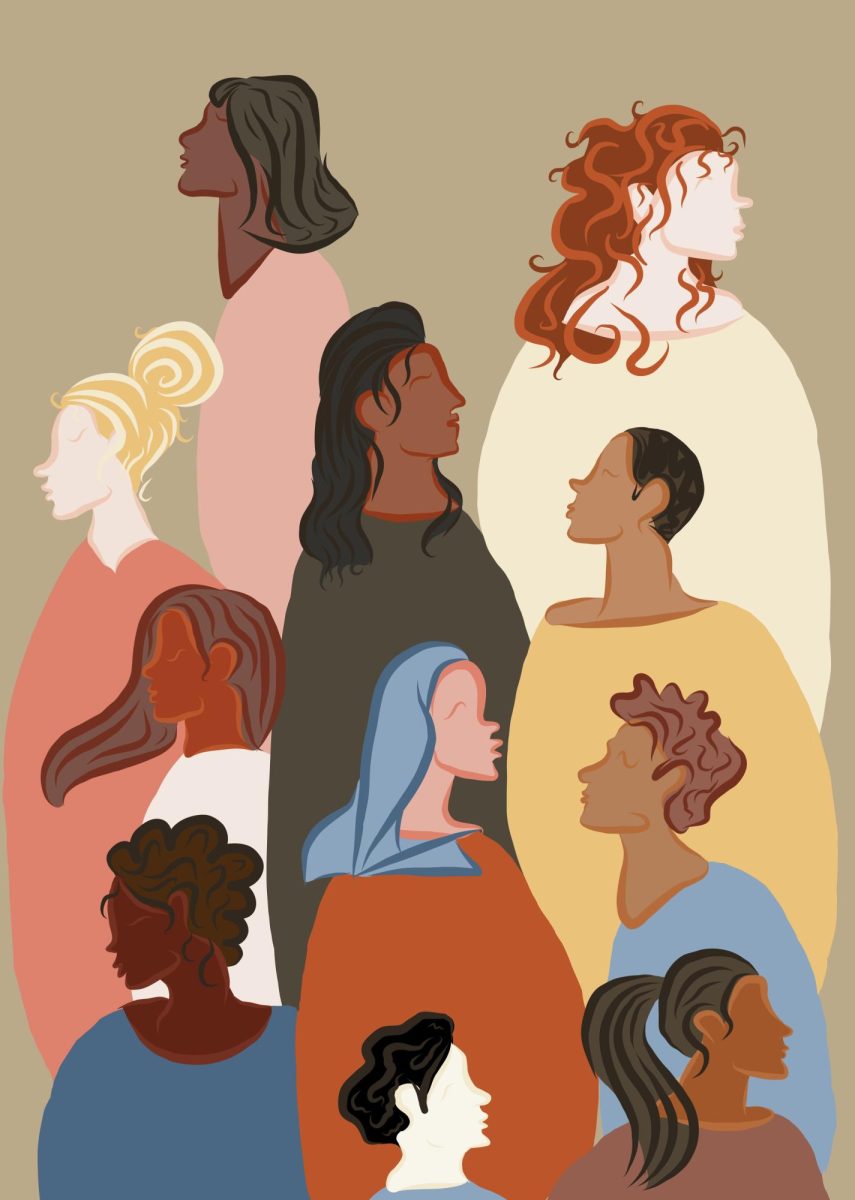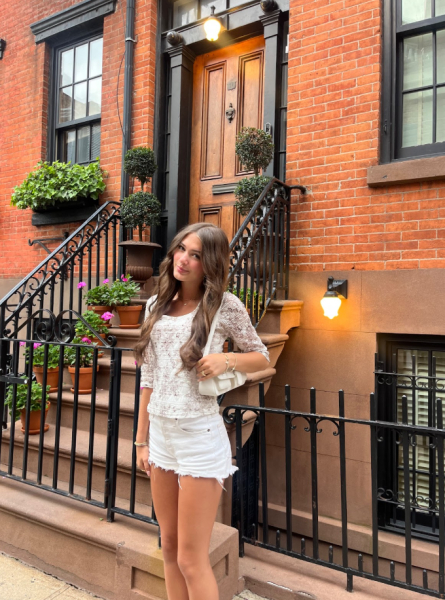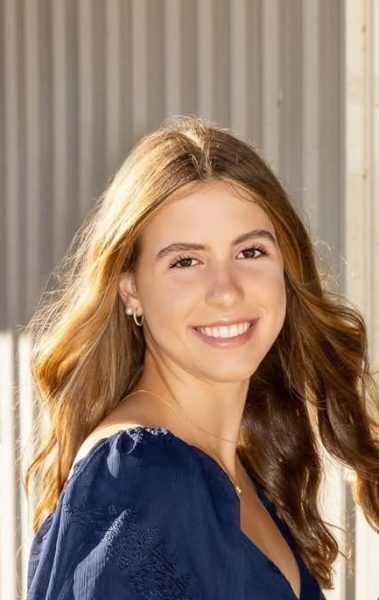On Feb. 26 during both lunch periods, the Golden Bear Boulevard will be swarmed with students and peers eager to connect. Booths will be spread throughout; tables with food, art, music and games. Most importantly, students will be bringing together aspects of different cultures. This festival has been a highly anticipated event at UAHS since it began three years ago. Within the last two years, an evening event has been added to the community calendar where residents of Upper Arlington have an opportunity to host a table outside of the school day. At the evening event, community members interested in sharing experiences and connections have been able to partner with students and staff to host a table and create a sense of belonging for other community members.
Kristyn Anderson, the Mincy Center’s executive assistant in the Excellence and Engagement Office, has worked with students to organize the festival for the past two years. Throughout the school year, she coordinates with events, like the hUmAn Connection Festival, that happen around the school to support students’ well-being and encourage inclusion.
“[The core mission of the festival] is to celebrate culture, explore diverse lived experiences, learn from new perspectives and build relationships,” Anderson said.
Sly Worthy, one of the mental health specialists at the high school, believes this festival is incredibly important to help foster connections.
“I think any festival like this is huge, anytime that we get an opportunity as people to be around each other and to learn from each other. Research has shown that improves almost every outcome of living and also your education,” Worthy said.
For many, the best way to foster these connections is through conversation.
“It’s important that as humans and as people that we get to understand each other, learn from each other and create our lived experiences while making sure that they’re well-rounded. There’s things that I may never get to experience compared to you guys, and the only way that we can empathize with that is by having conversations and seeing where other people are coming from,” Worthy said.
Anderson believes that a connection will be fostered through conversation, exhibits and table displays. Attendees last year responded to a survey sharing how they felt connections were formed.
“We got some pretty good data about people experiencing moments of connection, [participants] experienced a new art form celebrating language or cuisine. Folks [expressed] that they felt like their emotional, academic and physical well-being was impacted,” Anderson said.
As for the actual production of the festival, it is completely led by students with help from Anderson and Worthy to bring the vision to life. Students have the opportunity to create, inspire and advocate by sharing their unique voices and experiences.
Junior Chloe Kaiser is a member of the festival’s branding committee. Kaiser shared that the full group typically meets every Thursday while other subcommittee members may meet up more frequently. They begin with the most important aspects, like which groups will have tables, etc. This year, there aren’t many specific plans on the agenda so far, but the committee is continuing to work hard to make the festival enjoyable for everyone. For example, who could forget last year how the sounds of bagpipes wandered the halls, festive salsa dancing took place in the gym or the echoes of the choir group in the auditorium? Students can look forward to other interactive activities this year.
President of the Asian American Pacific Islander (AAPI) association, senior Bishishta Acharya, had three tables for the club last year. One for China, the Philippines and India. Each booth incorporated different cultural aspects, like food from the culture, music, visual arts, etc. Student engagement was even incorporated, allowing students to spin a wheel and learn something about a certain culture. An especially popular destination for students was the China table, where the viral fruit covered in hardened sugar (known as tanghulu) was served.
“I was helping run the tanghulu station at some point [last year] and there were people fully just reaching over to grab the treat. I remember one time I handed out a plate of fruit for someone to grab, and they just yanked that entire thing out of my hand and walked away,” Acharya said.
Kaiser saw a similar reaction as a participant in the festival last year.
“I feel like last year it was a big thing where a lot of tables had food and people would just go to get the food and they weren’t really learning anything about the culture, so I just hope people will actually take time to look at each table and learn from those people,” she explained.
According to Acharya, there won’t be tanghulu this year, but attendees can look forward to another treat. Stay tuned.
While fun, this festival is not just about enjoying food and music. The goal is to build connections. The hUmAn Connection Festival is a safe space for all students, regardless of culture or background, to come together and share stories, build strong relationships and foster connections that allow an opportunity for diversity to be celebrated in every form.


